The statement said Martin – born in the East End of London himself, in Bow – had died on Saturday.
“For over 50 years, Derek was a truly authentic working-class voice in British television and film,” it went on.
Meanwhile, his agent said it was “a…
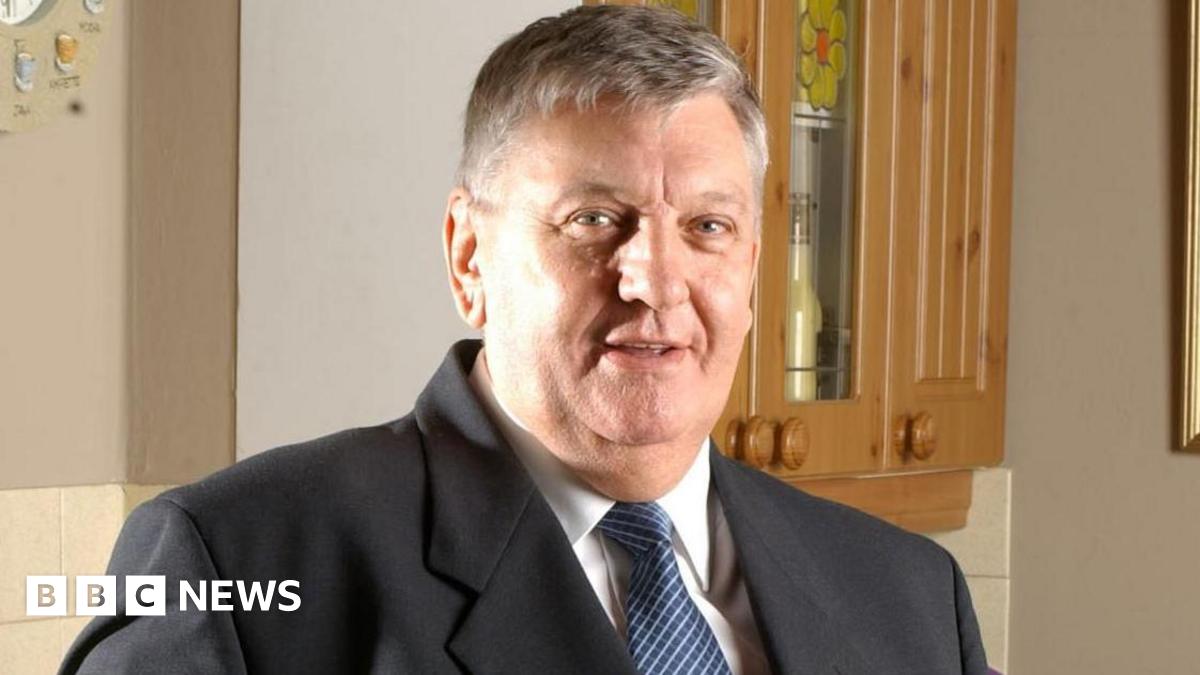
The statement said Martin – born in the East End of London himself, in Bow – had died on Saturday.
“For over 50 years, Derek was a truly authentic working-class voice in British television and film,” it went on.
Meanwhile, his agent said it was “a…

The Bluescope (ASX: BSL) board has unanimously rejected a takeover proposal of $30 per share from an Australian and US consortium comprising Seven Group Holdings and Steel Dynamics.
Why it matters: We are not surprised by the rejection. Bluescope rebuffed prior approaches, and the board has made it clear it thinks the offer undervalues the company, including its land bank and future returns on current organizational and capital projects.
The bottom line: We’ve taken a closer look at our tariff assumptions and Bluescope’s land bank, raising our fair value estimate for no-moat Bluescope by 8% to $27 from $25 previously, and our stand-alone fair value estimate by 21% to $24.00 from $19.80 previously.
Between the lines: Bluescope has a large excess land portfolio. We think management’s valuation of up to $2.8 billion may be optimistic, as it assumes all land is residentially zoned and sells at the same price per hectare as its most recent sale in Dapto, near its Port Kembla plant.
Over the past decade, BlueScope Steel has transitioned away from the highly contested global markets, where returns are generally poor. The company’s strategy is to run a cost-competitive steel business that underpins the profitability of its premium branded products. Serving the residential, nonresidential, and construction markets, key branded products include Colorbond, Truecore, Zincalume, and Lysaght.
In Australia and New Zealand, where BlueScope has been operating for almost 60 years, about half of sales volumes are value-added products. However, in Asia these products are nascent, and in the US they are emerging. The group is targeting sales growth in the US via a bolt-on acquisition of a coil coating company, the second largest of its kind in North America. While we commend the strategy, which has served the company well in its antipodean locations, we think it is likely to take time for value-added products to become a meaningful contributor in the US. Our midcycle segment forecast includes only a small operating margin and revenue uplift from value-added sales.
The group’s Ohio-based North Star operations are the crown jewel. North Star specializes in the production of flat steel products for US customers in the automotive, nonresidential, and manufacturing sectors. The business operates efficient electric arc furnace-based capacity, which produces steel at a relatively low cost per unit. North Star demonstrates industry-leading operating margins and operates at a nearly full utilization rate.
BlueScope has gradually expanded production capacity at North Star to capture a greater share of demand and to reduce unit costs to maximize returns. We estimate production ramping up to 3.4 million metric tons by fiscal 2028 from 2.7 million in fiscal 2024 as the company completes a series of small debottlenecking projects. The firm’s strategy is to direct most additional volumes to its higher-margin coil coating business.
Terms used in this article
Star Rating: Our one- to five-star ratings are guideposts to a broad audience and individuals must consider their own specific investment goals, risk tolerance, and several other factors. A five-star rating means our analysts think the current market price likely represents an excessively pessimistic outlook and that beyond fair risk-adjusted returns are likely over a long timeframe. A one-star rating means our analysts think the market is pricing in an excessively optimistic outlook, limiting upside potential and leaving the investor exposed to capital loss.
Fair Value: Morningstar’s Fair Value estimate results from a detailed projection of a company’s future cash flows, resulting from our analysts’ independent primary research. Price To Fair Value measures the current market price against estimated Fair Value. If a company’s stock trades at $100 and our analysts believe it is worth $200, the price to fair value ratio would be 0.5. A Price to Fair Value over 1 suggests the share is overvalued.
Moat Rating: An economic moat is a structural feature that allows a firm to sustain excess profits over a long period. Companies with a narrow moat are those we believe are more likely than not to sustain excess returns for at least a decade. For wide-moat companies, we have high confidence that excess returns will persist for 10 years and are likely to persist at least 20 years. To learn about finding different sources of moat, read this article by Mark LaMonica.
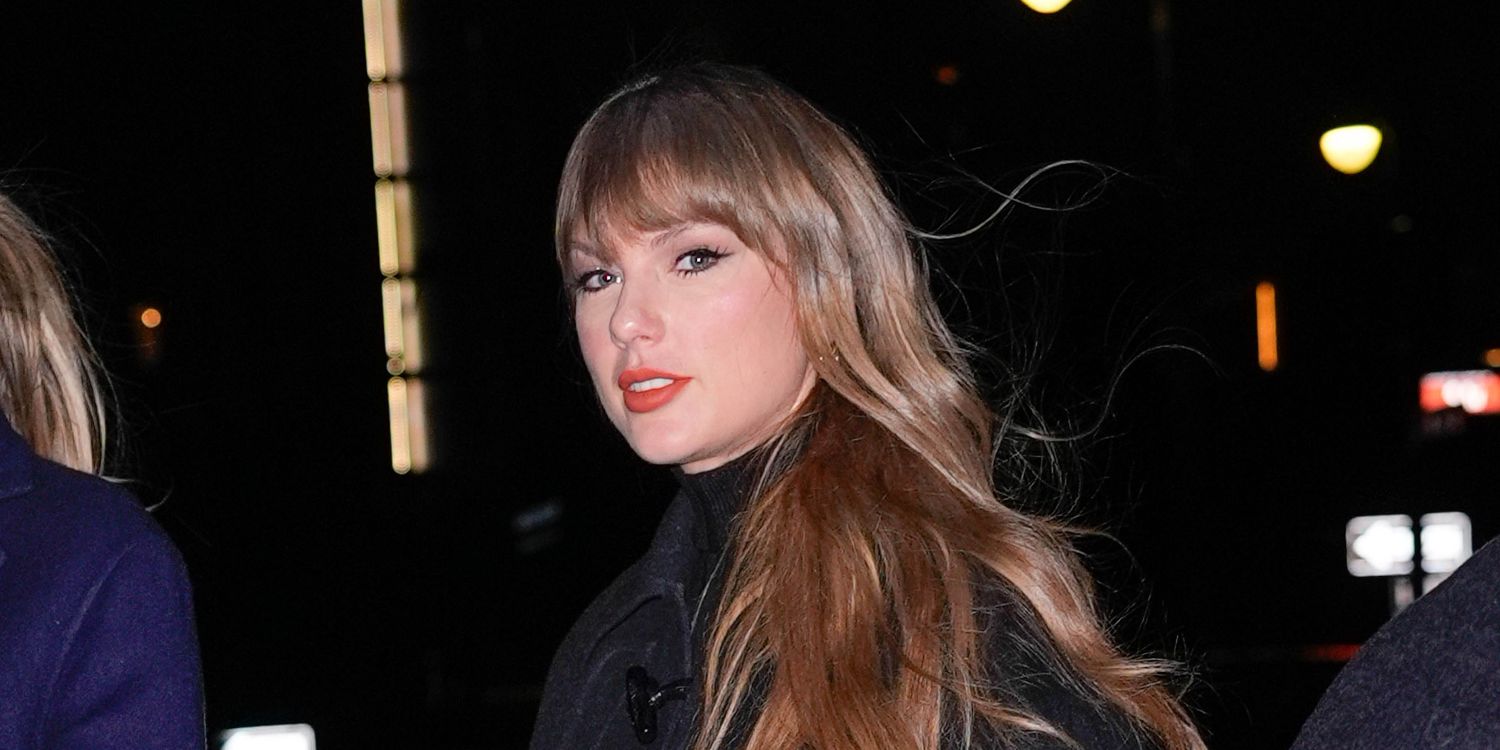
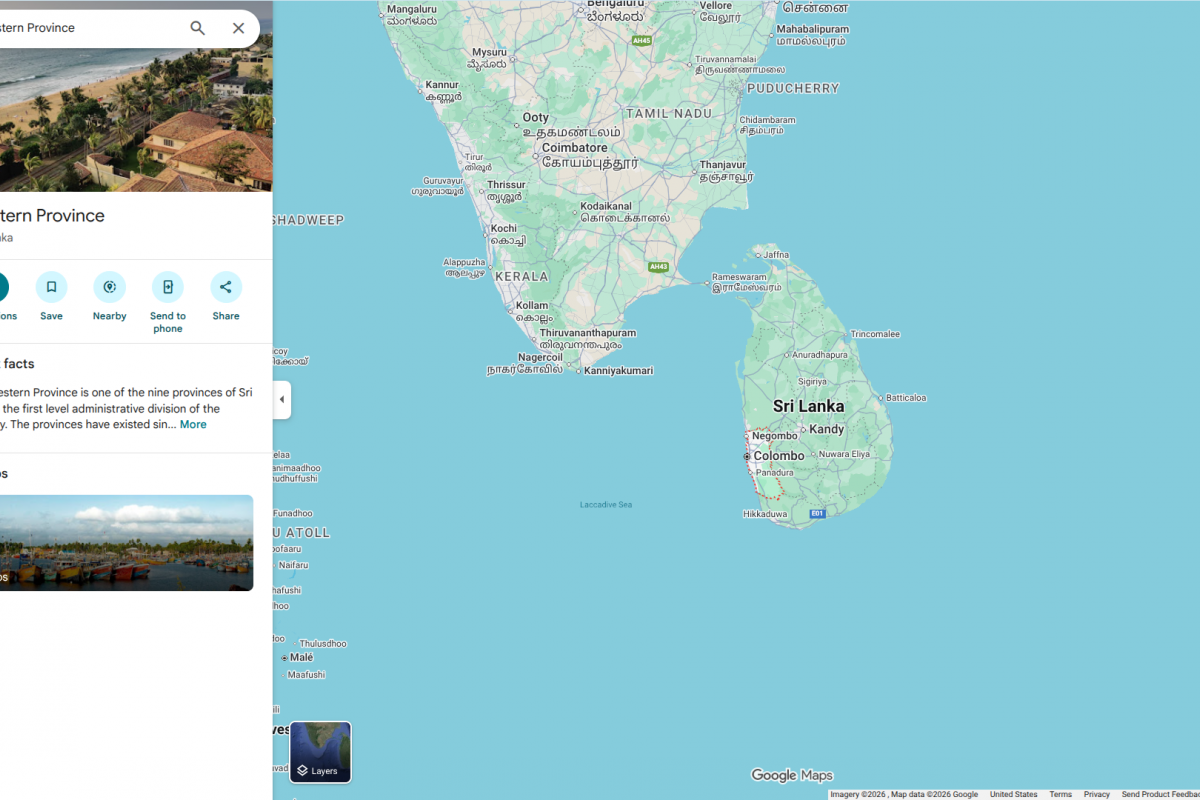
Health officials in Sri Lanka have reported a surprising surge in dengue fever cases early in the year, with 2,170 confirmed infections recorded during the first nine days of January 2026.
According to a report by Xinhua…

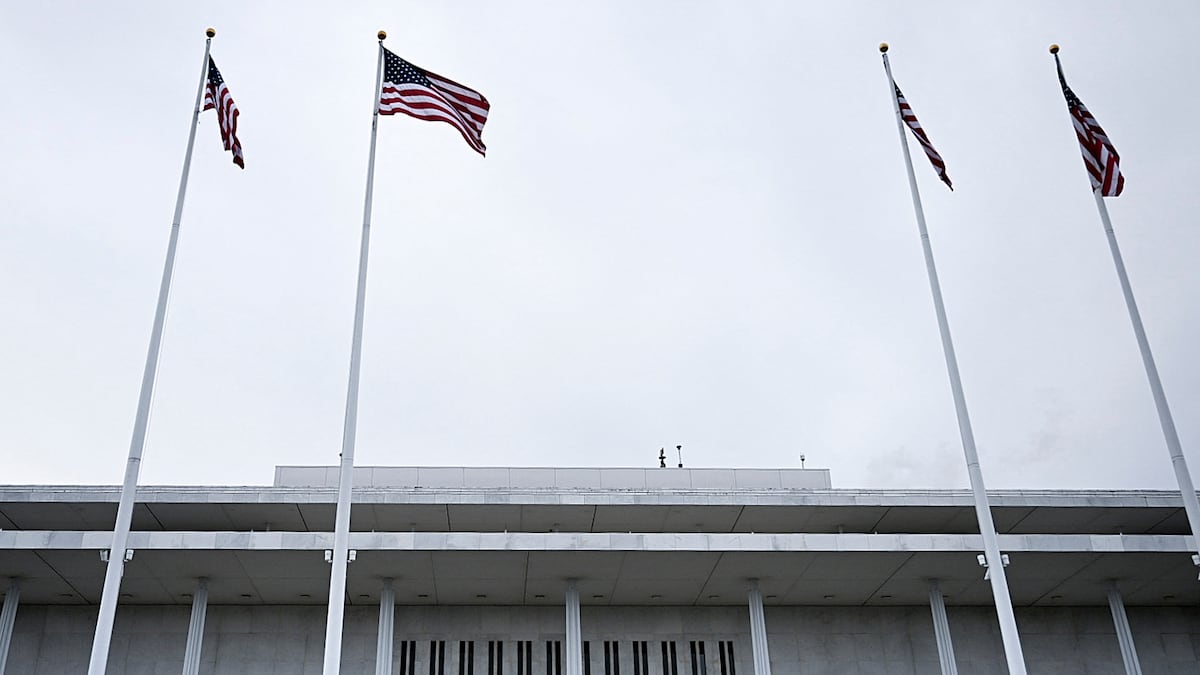
A view of the John F. Kennedy Center for the Performing Arts, which the current board is calling the Trump Kennedy Center, in Washington, DC, on Dec. 26, 2025.
BRENDAN SMIALOWSKI / AFP via Getty Images
The Washington National Opera is leaving the…
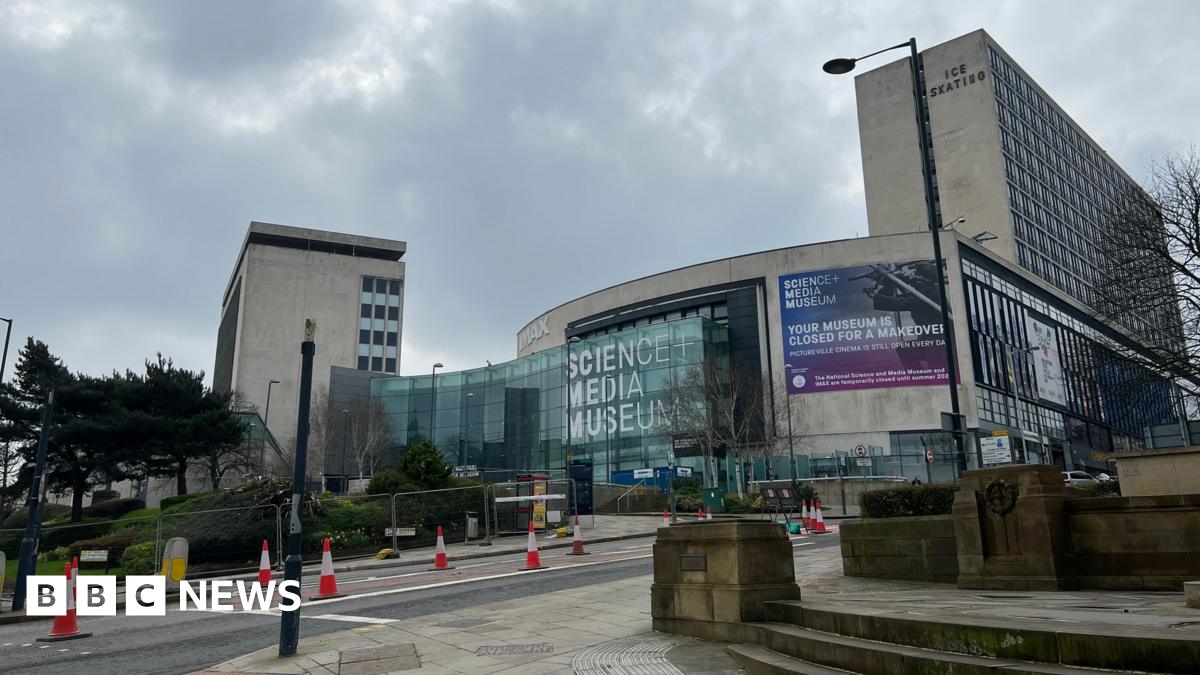
The venues were chosen by two panels of West Yorkshire-based creative professionals with disabilities who used their experience to pinpoint improvements that would have the greatest impact.
The recipients of the latest round of funding include…